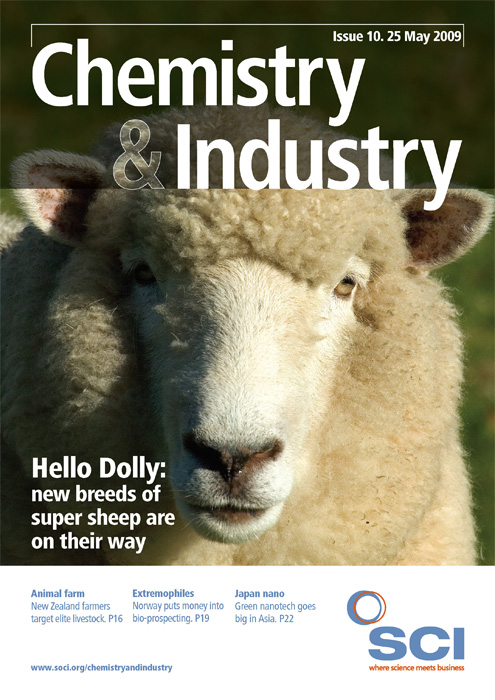Scientists have reported carrying out precise genetic modifications at specific locations in crop plant genomes using technology that promises to improve the development of new GM plant species. Two groups of researchers used zinc finger nucleases (ZFNs) – enzymes engineered to cleave DNA at specific loci – to introduce the trait for herbicide tolerance into corn and tobacco plants, respectively (Nature doi 10.1038/nature07992; 10.1038/nature07845).
This research demonstrates the potential of ZFN technology for more efficient targeted genetic modification of important crop plants as an alternative to conventional random mutagenesis and other methods, according to the researchers.
‘For applied plant biologists, targeted mutagenesis offers new possibilities for creating plants with valuable traits. Examples include increasing the nutritive value of food or altering the carbohydrate or oil composition of plants so that they can be more easily converted into fuels,’ says Dan Voytas of Iowa State University, one of the team of US researchers involved in the tobacco plant study.
Researchers at Dow AgroSciences, responsible for the accompanying paper, reported using their proprietary ZFNs to introduce a gene for herbicide tolerance into corn. ‘In contrast to purely proof of concept studies in model systems, we are practising the science – making products – in agriculturally important crops,’ says Vipula Shukla, project leader for the company’s EXZACT technology platform.
To carry out the genetic modifications, the researchers used engineered ZFNs to recognise and cleave the specific regions of the corn and tobacco plant genome. New genetic material introduced to ‘repair’ the damage imparted the herbicide tolerant trait at the same site.
In the case of the Dow AgroSciences’ modification, disruption of the DNA at the IPK1 site of the crop genome had the added benefit of targeting a gene involved in the biosynthesis of phytate, a component of feed corn that is difficult for animals like pigs and chickens to digest leading to excess phosphate in their waste. Tests also showed that the new gene was inserted without the random integration of other genetic material and was transmitted to the next crop generation by normal plant reproduction.
‘Potentially, this technology will be very important as it overcomes one of the main concerns about GM crops, that the gene insertion is imprecise. This new technology goes a long way to addressing this problem,’ commented Wendy Harwood, strategic research scientist at the John Innes Centre, UK. While a lot of effort is devoted to ensuring that unwanted DNA modifications do not occur with conventional technologies, it is possible that unintended changes may occasionally arise, she says. ‘If we could precisely target our gene insertions or mutations then this would remove concern over possible unanticipated effects.’
In the near term, however, she adds that using ZFNs would currently be far more time-consuming than the current GM technology because of the time needed to design and test the enzymes.





